



Customer communication is key to good relationships in any business. For local Internet Service Providers and Wireless ISPs, however, it can mean the difference between growth and simply staying afloat. Have you considered how clear communication affects your customers’ happiness and overall business? From monthly revenue and customer loyalty to your reputation and online reviews that attract new subscribers?
According to the Zendesk Customer Experience Trends Report, many customers are becoming less tolerant of poor service. In fact, 63% say they would switch to another after just one bad experience, and this number continues to grow each year. This clearly shows why proactive and positive support is crucial for keeping customers loyal. While having the right tools matters, using them correctly is what truly counts.
Customers today expect omnichannel service options and experiences focused on their needs more than ever. Omnichannel support means customers have connected interactions that stay consistent across different channels (email, SMS, phone, messaging apps, etc.).
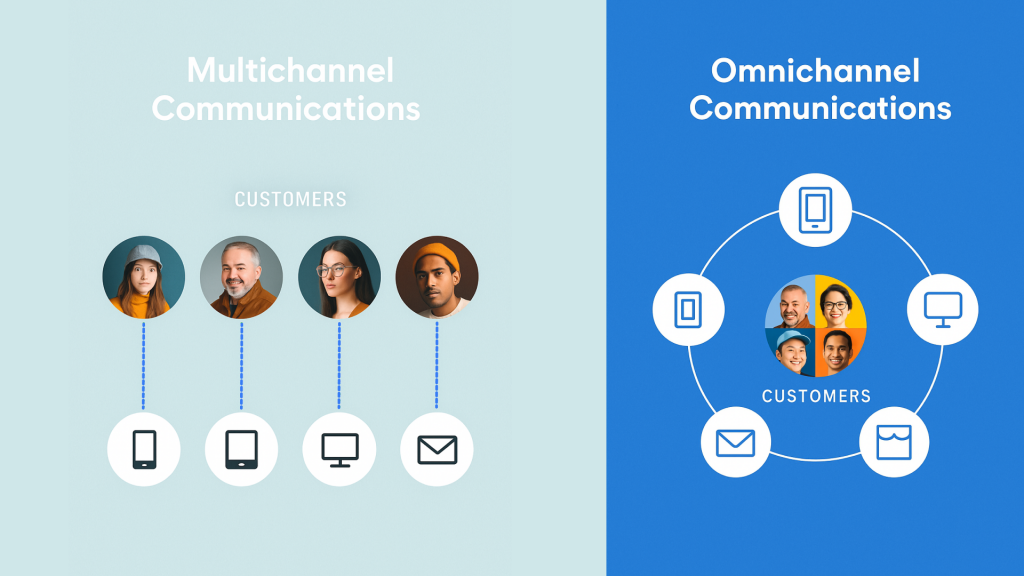
By providing a more seamless and personalized conversational experience, ISPs can foster customer loyalty and reduce churn. To provide this type of experience, you first need to understand which channels your customers prefer to use clearly. Then, once you know your customers’ preferred channels, you can gradually build your Customer Communication Management (CCM) strategy around them.
Today’s customers don’t just buy internet, voice, TV, packages and other services. They buy peace of mind, reliable support and experiences overall. That’s why smart customer communication has become just as important as network uptime in your customer experience strategy, so you want to do it right. Here are some best practices to remember to improve relationships through better communication with both agents and customers.
Each customer has their own preferences. Some like phone calls, others prefer email, while many appreciate quick texts or online chats. ISPs offering multiple contact methods keep their customers happier, deliver great CX, and encourage them to stay loyal, so beat churn before it starts.
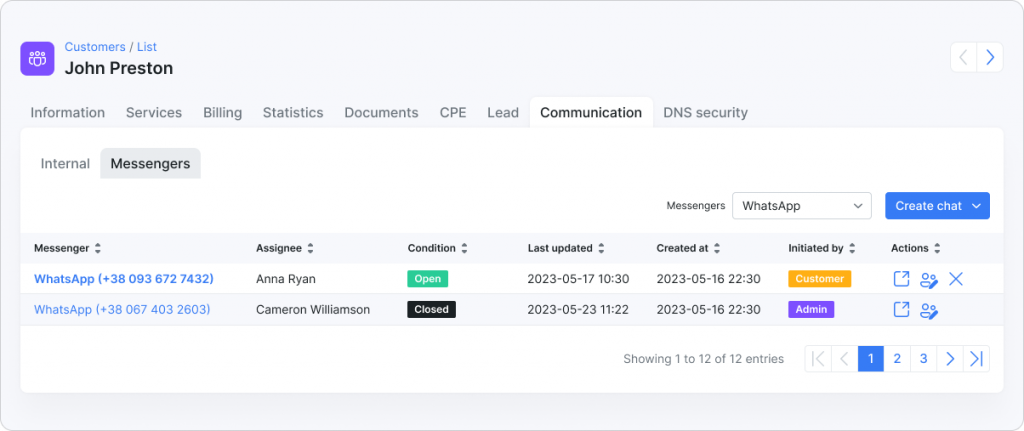
Splynx provides a “one-window” approach to customer communication, ensuring a unified experience regardless of the channel used (Email, SMS, Calls, Chat, etc.). This gives you a 360-degree view of the customer experience. So, instead of logging in and out of multiple systems to find information, agents could access all the customer data they needed (from previous interactions to preferred channels) in one place.
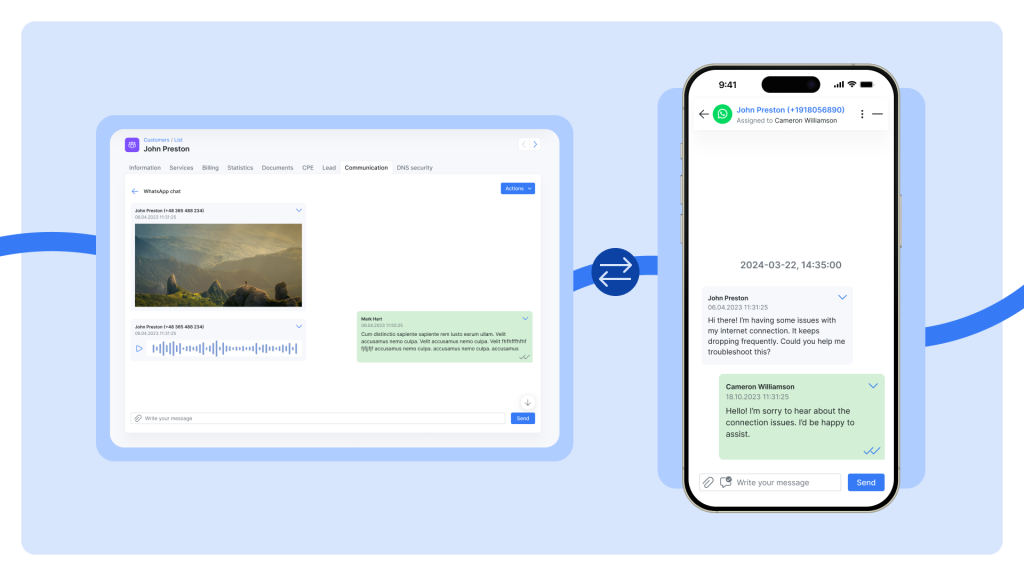
Set up the WhatsApp Business-Splynx integration for advanced communication and customer service to improve things.
Making customers switch between channels to reach your team (and the right agent) quickly leads to frustration and inefficiency. If someone calls about a billing question or any payment problem (maybe just requiring a guest payment link), your team should handle it right then, not transfer them to three different people. If customers report connectivity issues through WhatsApp, respond there instead of making them call later. When you solve problems quickly on the customer’s preferred channel, they spend more money and stay loyal longer.

With Splynx, every customer query, request or complaint sent through WhatsApp or other channels can be logged as a ticket, ensuring that no issue is missed. And when customers follow up on a previously raised issue, their new messages or calls can be easily linked to the original ticket, ensuring that all communication is tracked under one case.
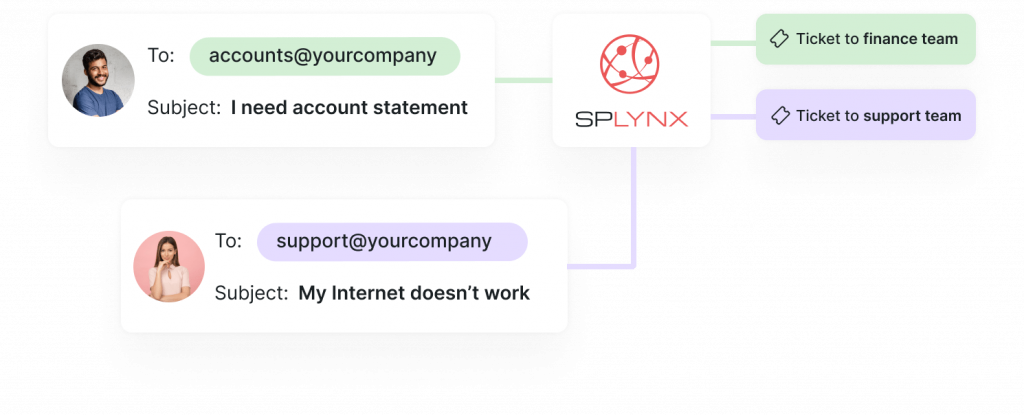
To prevent unnecessary ticket loops and broken workflow, use separate incoming mailboxes to automatically assign tickets for the relevant team (sales, support, finance or engineering) or agent based on the type and priority. Agents respond to customers directly through the system using the “Reply” button with auto-add administrator’s signature when sending messages. Here is more about our Ticketing module and its benefits, which are fully integrated with other Splynx parts beyond communication.
It’s important to remember: communication is a two-way street. So, it’s not just about delivering a message, but also about actively listening to customers’ feedback and responding to their needs.

Numerous studies confirm that word of mouth is still effective. It can work on its own, but it’s better as part of a well-thought-out strategy. Some of the best (and least costly) ways to get feedback from customers include:
When customers see you care about their opinions, they trust you more. Plus, their feedback shows you exactly what needs fixing in your service or communication.
Effective customer communication management enables internal teams to easily share information. Insights gained by marketing and sales teams from customer conversations should assist your support team and vice versa. Automated ticketing is another valuable option to enhance teamwork and maintain clarity when managing customer requests.
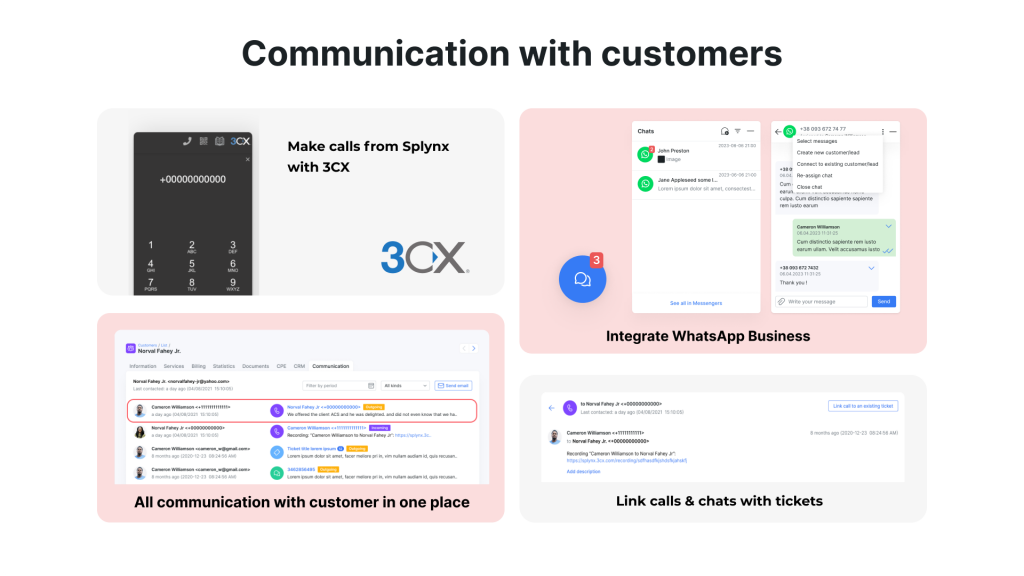
In Splynx, displaying all communication history and activities on a single page ensures every team member stays informed. There’s no need to reference separate systems or ask customers to repeat themselves, which can be very frustrating and annoying.
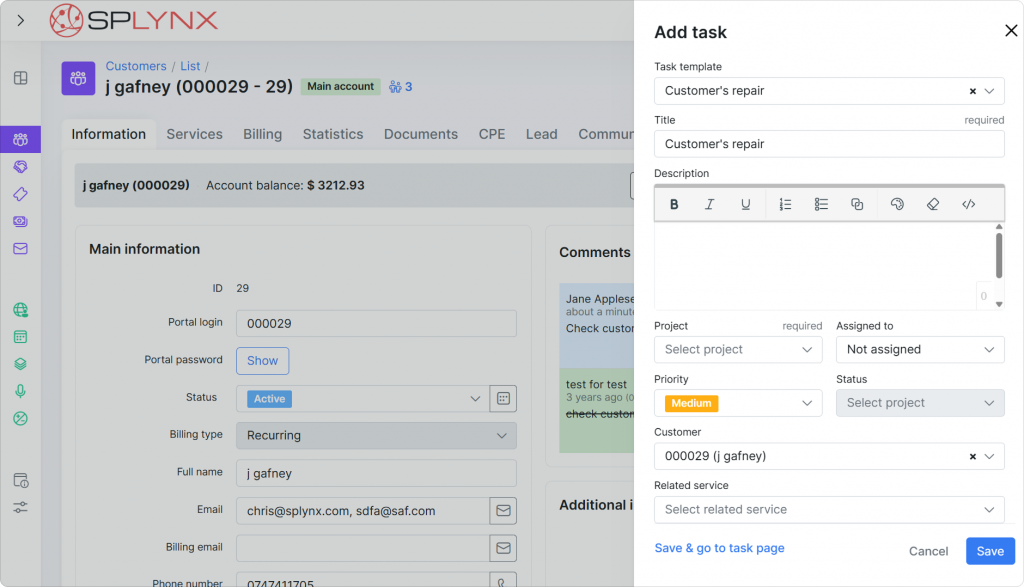
Another useful feature that enhances communication within the team is CRM comments and personal tasks (To-Dos). This allows you to create comments or to-do reminders to keep your team updated on the situation, as well as to schedule corresponding tasks and tickets for engineers or installers directly within the lead’s CRM profile without leaving the window (shown in the screenshot above). This facilitates immediate invoice generation using the quoted amount and provisions your customer’s active service plan.
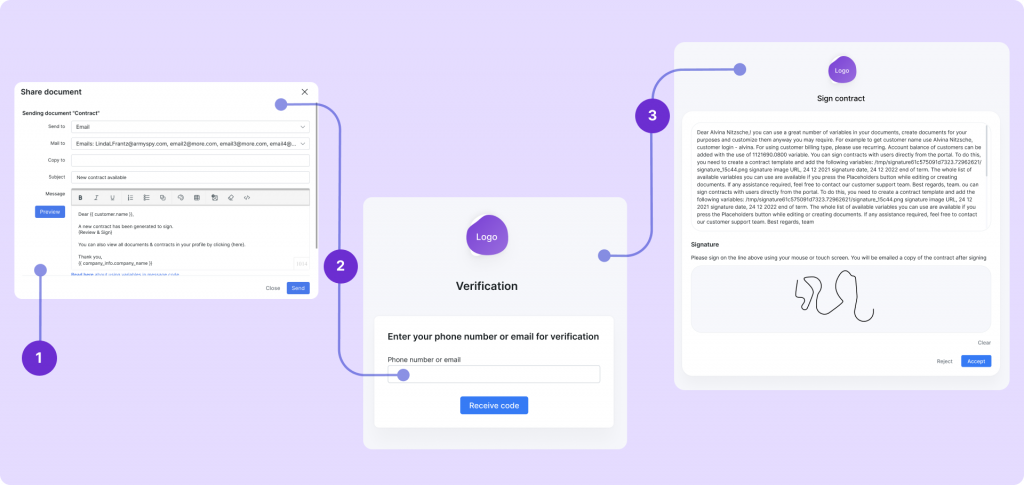
You can easily quote customers for new services, generate, send, and sign documents entirely within the system – no customer login to a portal required. Once your lead agrees to the quote, a simple click of a button in Splynx enables a seamless transition into a customer, along with all previous communication history.
Don’t wait for customers to reach out about issues. Send alerts before planned maintenance, remind them of payment due dates, and notify them when problems in their area have been resolved. Proactive communication demonstrates to customers that you’re professional and attentive to their experience. It also reduces the likelihood of angry phone calls, as customers are informed about what’s happening before it affects them.
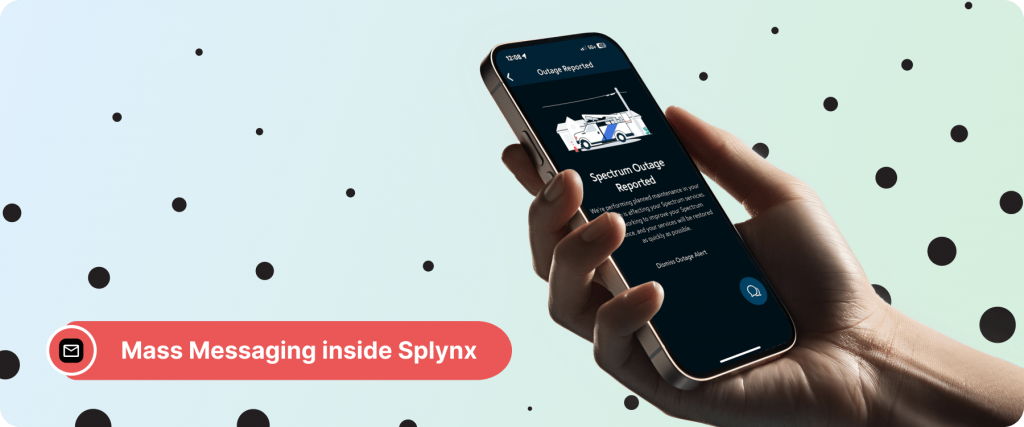
By leveraging Splynx’s powerful open API, you can seamlessly integrate with virtually any custom solution your business requires (QoE network monitoring, DNS resolver service for security filtering, etc.). With QoE integrated into QoS/Provisioning, you remain fully aware of how your network is performing, how customers are experiencing the service, and where new revenue opportunities might arise even during support calls.
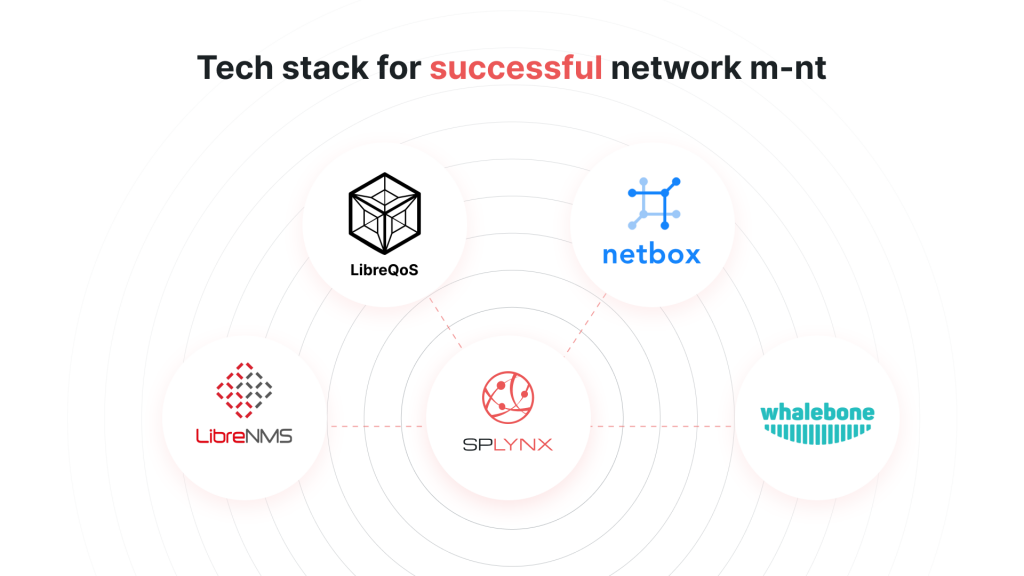
This flexible integration capability empowers your team to access, analyze, and visualize critical data using your preferred analytics and reporting tools, facilitating truly proactive support. Explore real examples and practical tips for implementing the most effective proactive customer support strategies in our dedicated article on proactive ISP communication.
Sometimes, the best communication is no communication at all. In the ISP industry, self-service, also known as tier 0 support, is no longer a bonus feature. It’s something customers now expect. Most people don’t want to sit on hold waiting for help if they can solve the issue on their own quickly and easily.
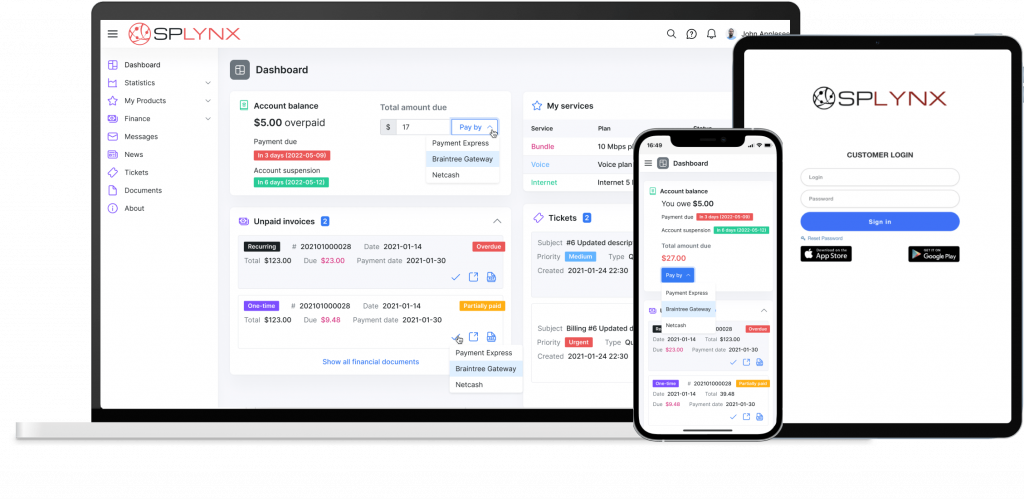
With Splynx’s Customer Portal and Mobile App, customers have a bigger view of their services and their usage. They can easily check all account details through a clear dashboard, instantly top up their account using a credit card, change plan, and account password – all in one place. This helps them understand what they’re paying for and gives them control to manage, pause or order services on their own, from any device.
Another major advantage is how customizable it is. ISPs can adjust both the Portal’s look (web and mobile app) and feel to match their branding, giving customers a consistent and familiar experience.
Identify key numbers that show how well your communication and support are working and measure them regularly.
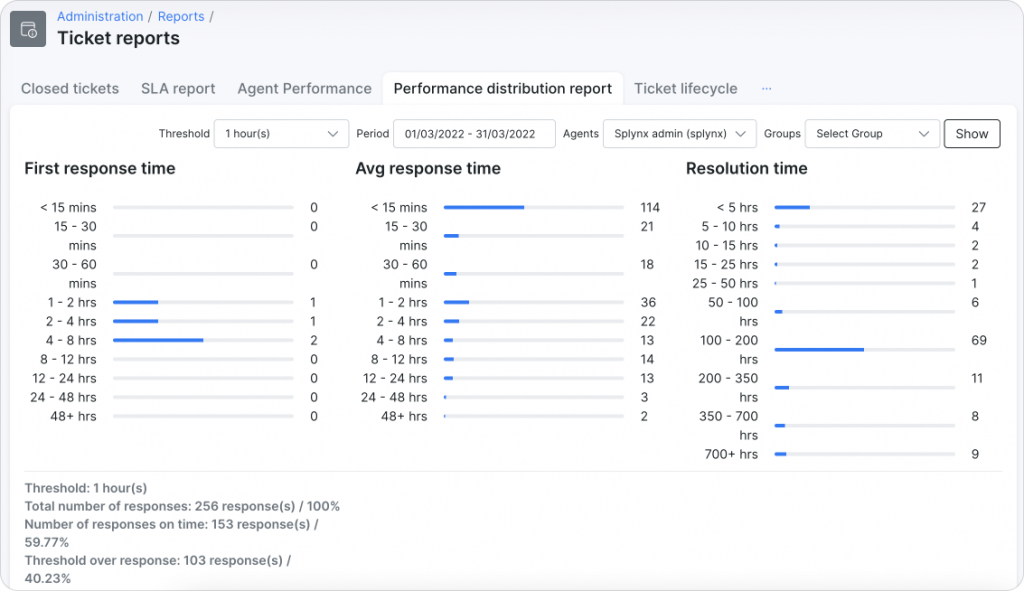
Splynx makes tracking your support performance easy with built-in reports that show exactly how your team is doing. These reports give you clear insights into your service desk. By looking at how tickets get handled and where your team spends time, you can find bottlenecks and fix them quickly.
☆Here’s a detailed guideline to help you navigate and leverage Reports in Splynx effectively
The platform includes several reports designed specifically for ISPs. The following reports will help you assess your support team’s performance:
Give your team an all-in-one ISP software that integrates OSS, BSS and customer support in one place. This software makes it simple to deliver professional service that keeps subscribers happy and loyal.
With Splynx, you can keep your communication consistent across all channels – whether customers call, email or message you online, to make every conversation count toward building stronger relationships and growing your business.
Find out how Splynx helps ISPs grow
Learn more